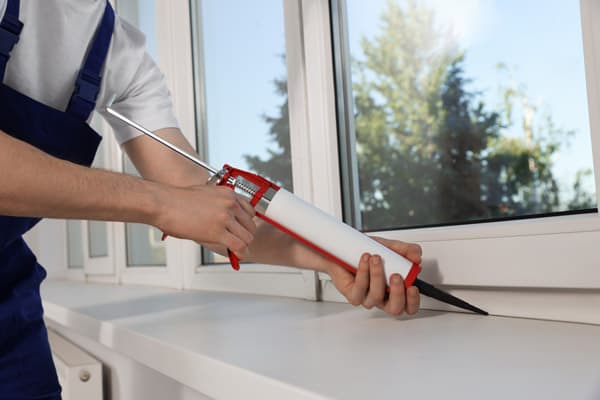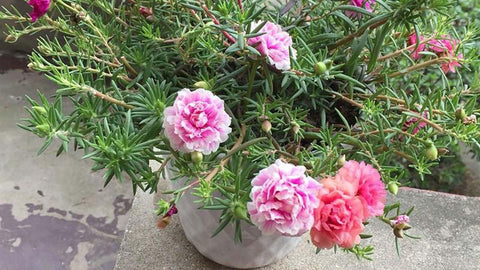Water Heater Installations
Water heaters are a vital component of any modern household, providing hot water for various domestic tasks. Whether it’s for showering, cooking, or laundry, a reliable water heater ensures comfort and convenience. Understanding the nuances of water heater installations is crucial to ensure optimal performance and longevity of the unit. Here, we delve into the intricacies of water heater installations, covering everything from pre-installation preparations to post-installation maintenance, to help you make informed decisions for your home to get emergency plumbing services.
- Introduction to Water Heater Installations
Water heater installations are more than just setting up a new appliance; they are investments in the comfort and functionality of your home. A dependable water heater guarantees a steady supply of hot water, essential for daily activities. Before delving into the installation process, it’s essential to grasp the significance of a reliable water heater, factors to contemplate before installation, and an overview of the different types available in the market.
Importance of a Reliable Water Heater:
A reliable water heater is indispensable for households, providing hot water for bathing, cleaning, and cooking. A malfunctioning or inefficient water heater can disrupt daily routines, causing inconvenience and discomfort. Thus, investing in a quality water heater and ensuring proper installation is paramount for uninterrupted hot water supply.
Factors to Consider Before Installation:
Before embarking on a water heater installation project, several factors warrant consideration. These include the size of the household, hot water usage patterns, available space for installation, energy efficiency requirements, and budget constraints. Assessing these factors helps in selecting the most suitable water heater that meets the household’s specific needs.
Overview of Different Types of Water Heaters:
Water heaters come in various types, each offering unique features and benefits. The two primary categories include tankless water heaters and traditional tank water heaters. Tankless water heaters, also known as on-demand water heaters, heat water directly without the use of a storage tank, offering energy efficiency and unlimited hot water. On the other hand, traditional tank water heaters store heated water in a reservoir, ensuring a ready-to-use supply. Understanding the distinctions between these types aids in making an informed decision during the installation process.
II. Preparing for Installation
Proper preparation is key to a successful water heater installation project. Before the installation commences, thorough assessment of the existing setup, evaluation of space requirements, and consideration of plumbing and electrical connections are imperative to streamline the process.
Assessing the Existing Setup:
Before installing a new water heater, it’s essential to assess the current plumbing system and electrical connections. Check for any leaks, corrosion, or damage in the existing plumbing lines, and ensure compatibility with the new water heater. Additionally, evaluate the electrical connections to ensure they meet the requirements of the new unit. Lastly, consider the available space and location for installing the water heater, ensuring adequate ventilation and accessibility for maintenance.
Inspection of Plumbing System:
- Inspect the plumbing system thoroughly for any signs of wear and tear, leaks, or corrosion. Addressing any existing issues beforehand prevents future complications and ensures seamless integration of the new water heater.
Evaluation of Electrical Connections:
- Verify the electrical connections and ensure they comply with the specifications of the new water heater. If necessary, consult a qualified electrician to make any required modifications or upgrades to accommodate the new unit safely.
Space Consideration and Location:
- Determine the optimal location for installing the water heater, considering factors such as accessibility, ventilation requirements, and proximity to plumbing and electrical connections. Ensure there is sufficient space for installation and future maintenance tasks.
III. Installation Process
The installation process entails selecting the right water heater based on specific requirements and professional installation steps to ensure safe and efficient operation.
Selecting the Right Water Heater:
Choosing the appropriate water heater involves considering various factors such as the type of unit, energy efficiency ratings, sizing requirements, and budget constraints.
Tankless vs. Traditional Tank Water Heaters:
- Evaluate the pros and cons of tankless and traditional tank water heaters to determine the most suitable option for your household. Tankless water heaters offer energy efficiency and on-demand hot water but may have higher upfront costs. Traditional tank water heaters are more affordable but have limited hot water capacity and higher energy consumption.
Energy Efficiency Ratings:
- Look for water heaters with high energy efficiency ratings, such as Energy Star certification, to minimize energy consumption and reduce utility costs over time. Consider factors such as insulation, heating elements, and recovery rates to gauge the unit’s overall efficiency.
Sizing Considerations:
- Ensure the water heater is properly sized to meet the hot water demands of the household. Factors such as the number of occupants, peak hot water usage times, and fixture flow rates influence the sizing requirements. Undersized water heaters may struggle to meet demand, while oversized units result in unnecessary energy expenditure.
Professional Installation Steps:
While DIY installation may seem tempting, hiring a professional ensures the installation is done correctly and safely, adhering to building codes and manufacturer specifications.
Shutting Off Utilities:
- Prior to installation, shut off the water supply and electricity or gas connections to the existing water heater. This prevents accidents and ensures a safe working environment for the installation process.
Removal of Old Unit:
- Carefully disconnect and remove the old water heater, disposing of it according to local regulations. Inspect the surrounding area for any damage or leaks caused by the old unit and address them before installing the new water heater.
Proper Placement and Mounting:
- Position the new water heater in the designated location, ensuring proper clearance from surrounding objects and adequate ventilation. Securely mount the unit according to manufacturer guidelines, using appropriate hardware and supports to prevent accidents or damage.
IV. Post-Installation Checks and Maintenance
After installation, thorough testing and routine maintenance are essential to ensure the water heater functions optimally and remains in good condition.
Testing for Proper Functionality:
Perform comprehensive checks to verify the water heater’s functionality and address any issues that may arise.
Checking for Leaks:
- Inspect the connections and fittings for any signs of leaks or drips. Tighten connections if necessary and monitor for any recurrence of leaks during the initial operation of the water heater.
Verifying Temperature Settings:
- Adjust the temperature settings on the water heater to the desired level and verify that the unit heats water to the specified temperature. Test hot water fixtures throughout the household to ensure consistent temperature and flow rate.
Ensuring Proper Ventilation:
- Ensure the water heater is adequately ventilated to prevent the buildup of combustible gases and maintain optimal combustion efficiency. Clear any obstructions around vents and ensure proper airflow to safeguard against carbon monoxide hazards.
Routine Maintenance Tips:
Regular maintenance helps prolong the lifespan of the water heater and prevents costly repairs or replacements down the line.
Flushing the Tank:
- Periodically flush the water heater tank to remove sediment buildup, which can affect efficiency and contribute to premature wear and tear. Follow manufacturer recommendations for flushing intervals and procedures to maintain water quality and performance.
Checking Anode Rods:
- Inspect the anode rod for signs of corrosion or depletion and replace it if necessary to protect the tank from rust and extend its lifespan. Anode rods sacrifice themselves to prevent corrosion of the tank lining, making them a critical component of water heater maintenance.
Monitoring for Sediment Build-Up:
- Regularly monitor the water heater for signs of sediment accumulation, such as discolored water or reduced efficiency. Address sediment buildup promptly to prevent damage to heating elements and maintain optimal performance.
V. Conclusion
Water heater installations are significant undertakings that require careful consideration and professional expertise to ensure optimal performance and safety. By understanding the importance of a reliable water heater, preparing adequately for installation, selecting the right unit, and following proper maintenance practices, homeowners can enjoy the benefits of a steady supply of hot water for years to come. In case of any issues or emergencies, don’t hesitate to contact emergency plumbing services for prompt assistance and resolution. Invest in your home’s comfort and convenience with a well-planned water heater installation today.



Post Comment